shenzhen freewing MIG-15 User manual











Popular Toy manuals by other brands

Fisher-Price
Fisher-Price Roll-A-Rounds Swirlin' Surprise Gumballs user manual

VTech Baby
VTech Baby Pop-Up Friends Train user manual
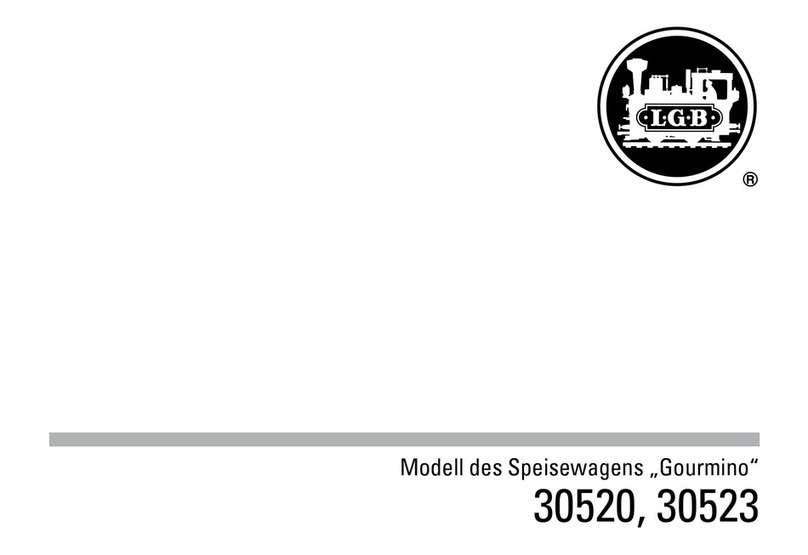
marklin
marklin 30523 manual
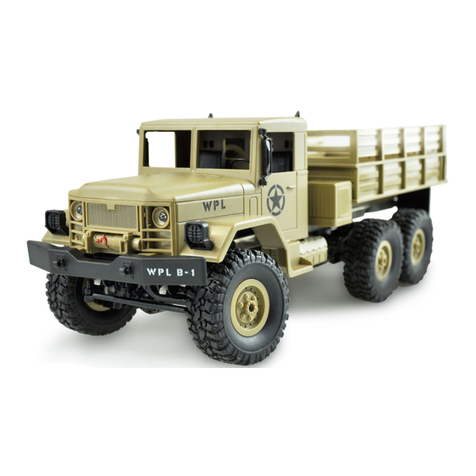
Amewi
Amewi VISIONS 22353 instruction manual

Fisher-Price
Fisher-Price Singin’ Snail Pail instructions
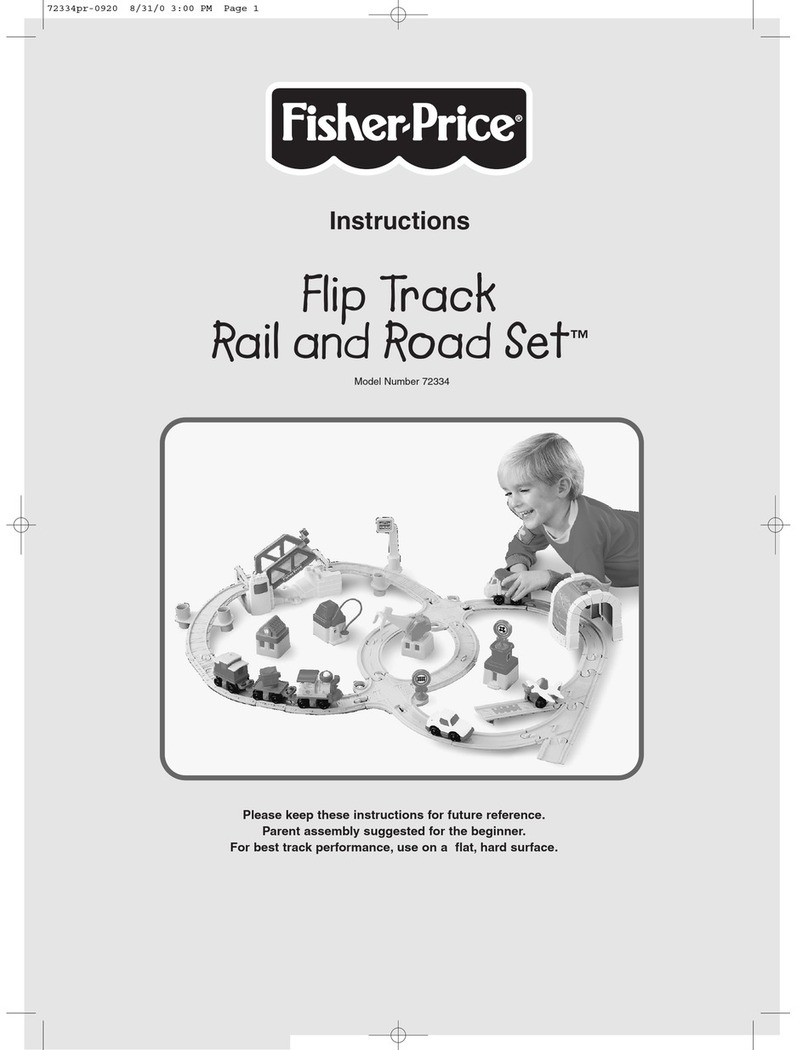
Fisher-Price
Fisher-Price RAIL AND ROAD SET 72334 instructions
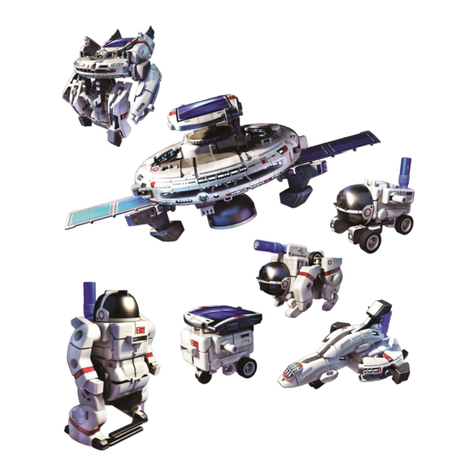
PowerPlus Junior
PowerPlus Junior Space Explorer manual
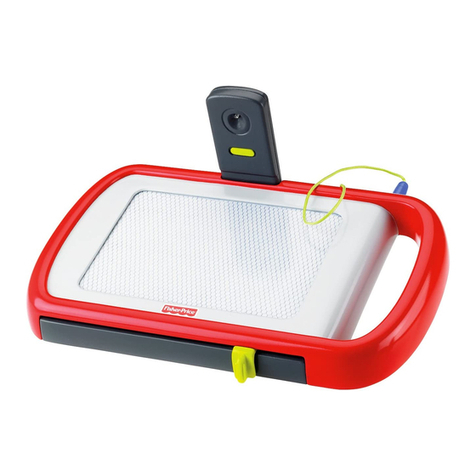
Fisher-Price
Fisher-Price R6302 instruction sheet
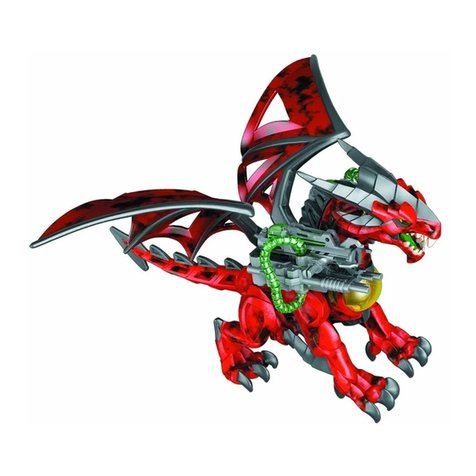
Mega Bloks
Mega Bloks Dragons Universe 95217 quick start guide
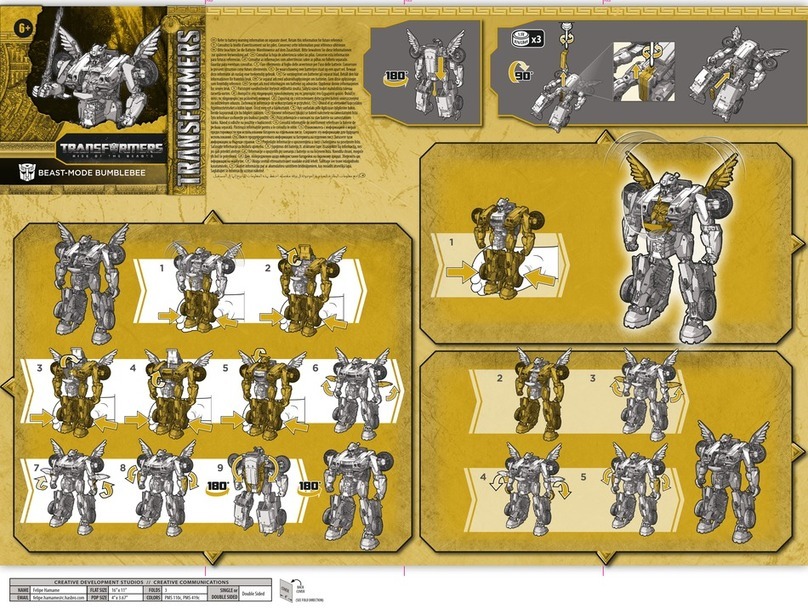
Hasbro
Hasbro TRANSFORMERS BEAST-MODE BUMBLEBEE manual
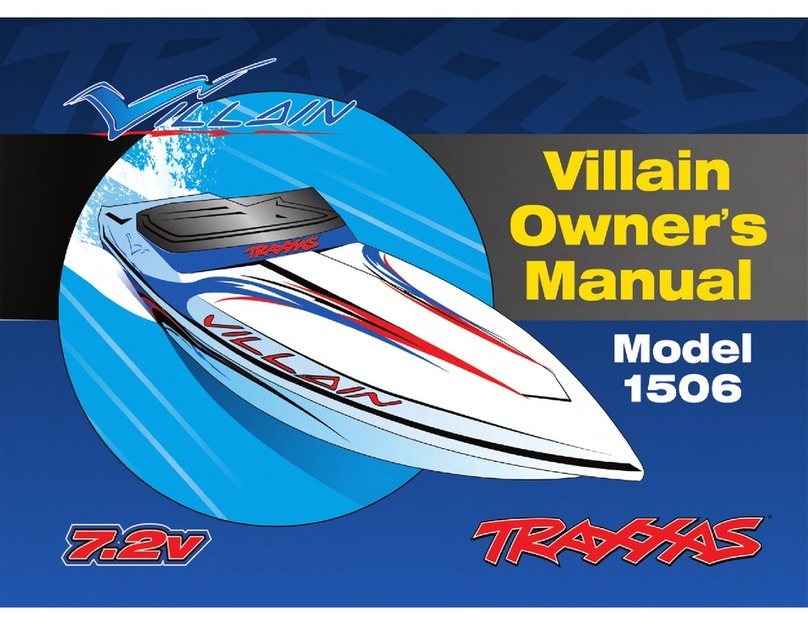
Traxxas
Traxxas Villain 1506 owner's manual
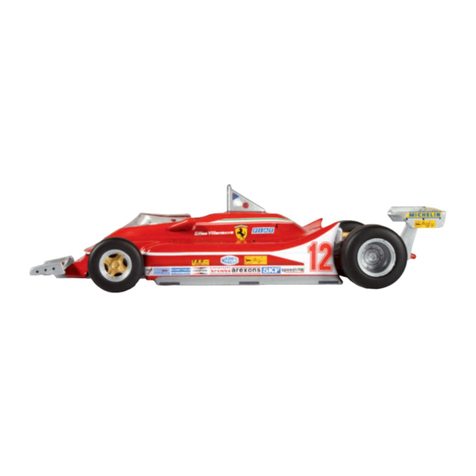
Agora Models
Agora Models FERRARI 312 T4 manual

Hasbro
Hasbro Smokescreen 7051 instruction manual
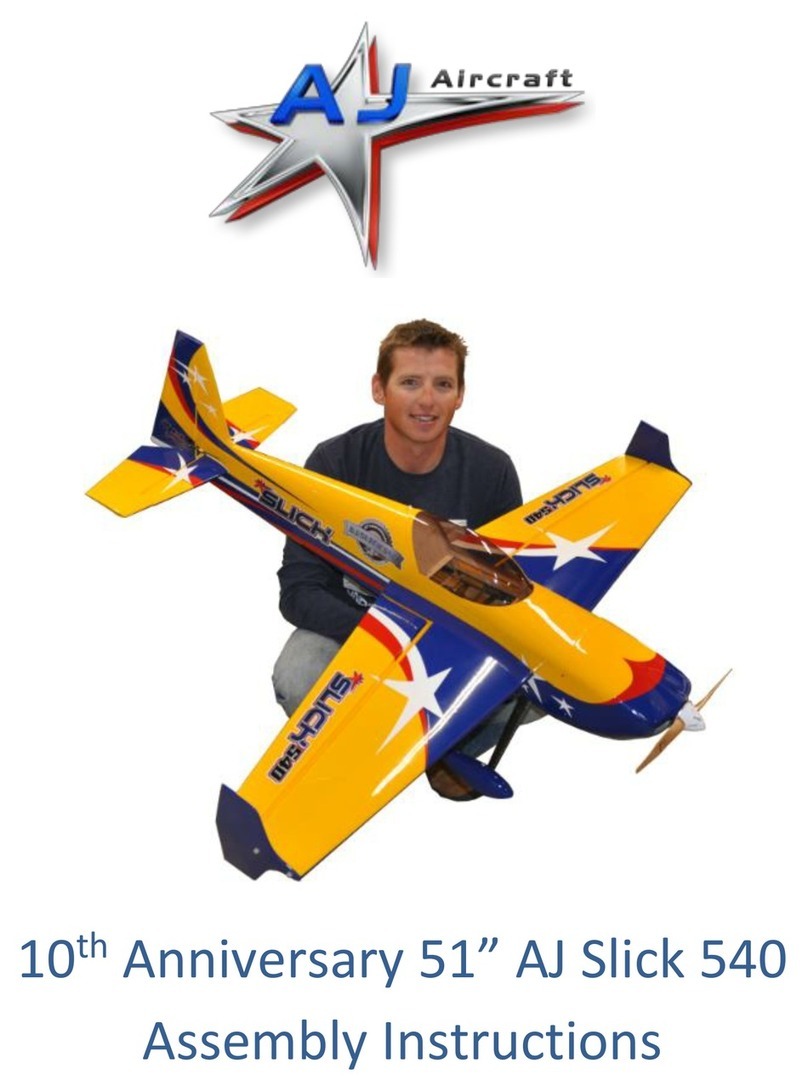
AJ Aircraft
AJ Aircraft 10th Anniversary 51" Slick 540 Assembly instructions

Mega Bloks
Mega Bloks Skylanders Giants Arkeyan Robot King manual

Eduard
Eduard LAV-AT quick start guide

AquaCraft
AquaCraft Atlantic Harbor Tugboat Assembly and operation manual

Top Flite
Top Flite CESSNA 182 SKYLANE Instruction book